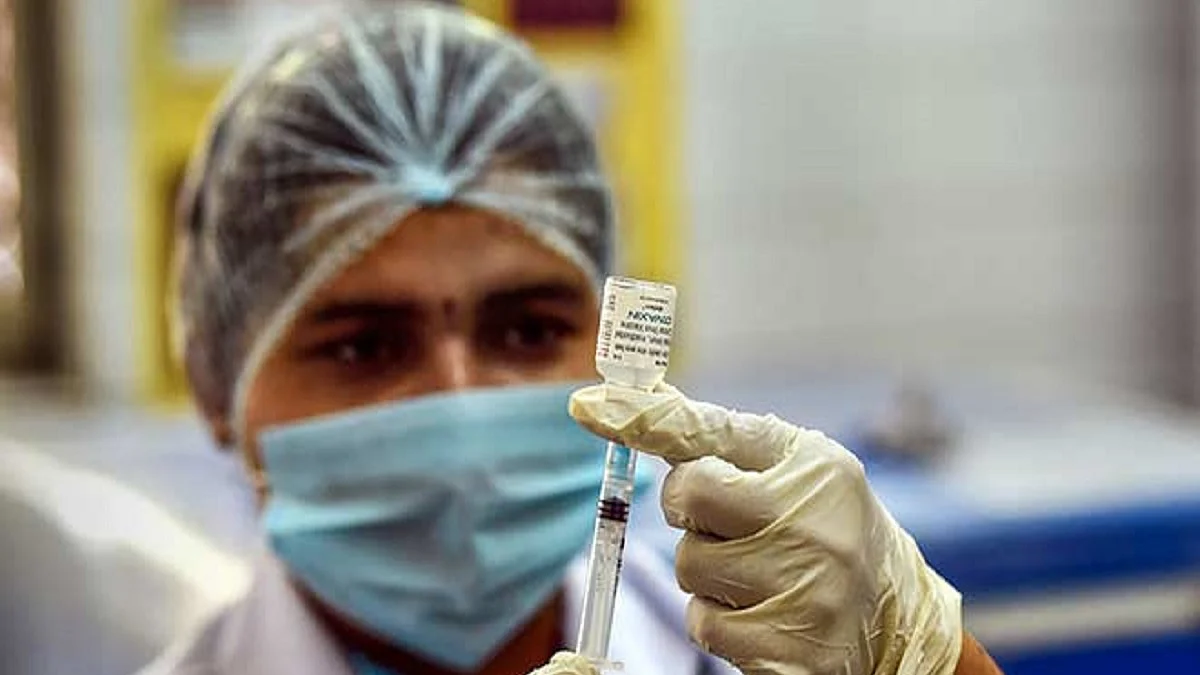Govt’s assurance of 260 crore doses of COVID vaccines by December is nothing but eyewash
Even if a crash programme is launched to set up new labs to produce COVID vaccines, it would be roughly about the end of the year by which time the new units would be ready for commissioning

It took barely a few days to realise that the May 1 target for rolling out the vaccination of the 18-44 age group, by far the biggest segment of the Indian population, was something of a ‘scam’. May 1 came and went off as a non-event. By May 1, even the CoWIN app on which vaccine registrations are to be done was not even fully functional. But while this was fixed, it did not mean that the registrants were any length of time closer to receiving the all-important prick.
It soon turned out that getting a slot was the bigger problem at hand. It was probably when the authorities set out probing why the slots were not available on the portal did it emerge that there were no vaccine doses available. Because, in the first place, the supplies were never tied up.
The ‘scam’ over the May 1 rollout has not yet played out in full and nobody can say with any amount of certainty as to when the ‘world’s biggest vaccination drive’ will get on an even keel as the supply of the required quantities of the vaccine continues to be as uncertain as it was at the time of the announcement.
But this has not deterred Prime Minister Modi to announce even a more utopian target: 260 crore doses of COVID vaccines would be made available by December this year and that should be sufficient to cover both the required shots of the vaccine in one shot.
By all indications, this may turn out to be even a bigger ‘scam’ than the May 1 fiasco.
Like many of the PM’s other announcements, it seems highly unlikely that it was preceded by a proper assessment of the enormity of the task of making 260 crore doses of vaccine available to the vaccine centres in the length and breadth of this densely populated country.
According to the latest figures released by the Union health ministry, over 18 crore doses of vaccine have been administered so far, starting from the middle of January this year, which averages over 3 crore jabs per month. On a back of the envelope calculation, it emerges that about ten times more vaccines will have to be produced and made available to the vaccination centres to accomplish the task over a similar time frame.
A qualitative difference in the emerging situation compared to the first and second phase of vaccination would be that there would be many more brands of vaccine available for production and distribution. It is also possible that some more indigenous brands may be ready for rollout during this period.
But all this does not mean that the country is in a position to undertake the humongous operation of producing 260 crore doses.
The government plans to mass produce Bharat Biotech’s Covaxin under an open source regime. But the biggest bottleneck in this regard is the shortage of laboratories with the required bio-safety level to produce the vaccines. Covaxin requires bio-safety level (BSL)-3 labs, which are currently available only with Bharat Biotech in terms of production mode.
There are about a dozen such labs in the country, but these are all meant for testing and research, and as such available with academic institutions. It is estimated that upgrading these labs into production units would require at least six months of setting up and preparations.
If pharmaceutical companies venture into vaccine manufacturing, which seems to be the most possible option, they would need to first set up these labs and calibrate them for the production of COVID vaccines. This would necessitate substantial investments on their part and will ultimately have a bearing on the price at which the vaccines will be available to end users.
Already, vaccine prices are a sensitive issue and the Modi government has faced much flak for its pro-corporate approach in allowing the companies the freedom to overprice their vaccines.
Given that pricing is another complex layer of the problem, which necessitates a whole re-look at the Modi government’s policies, the immediate worry is about the infrastructure to produce the vaccines that the country requires to immunise its population.
Even if a crash programme is launched to set up new labs to produce COVID vaccines, it would be roughly about the end of the year by which time the new units would be ready for commissioning. But December is the target date for making the required quantities available. And that is what makes it a bigger ‘scam’.
(IPA Service)
Views are personal
Follow us on: Facebook, Twitter, Google News, Instagram
Join our official telegram channel (@nationalherald) and stay updated with the latest headlines
